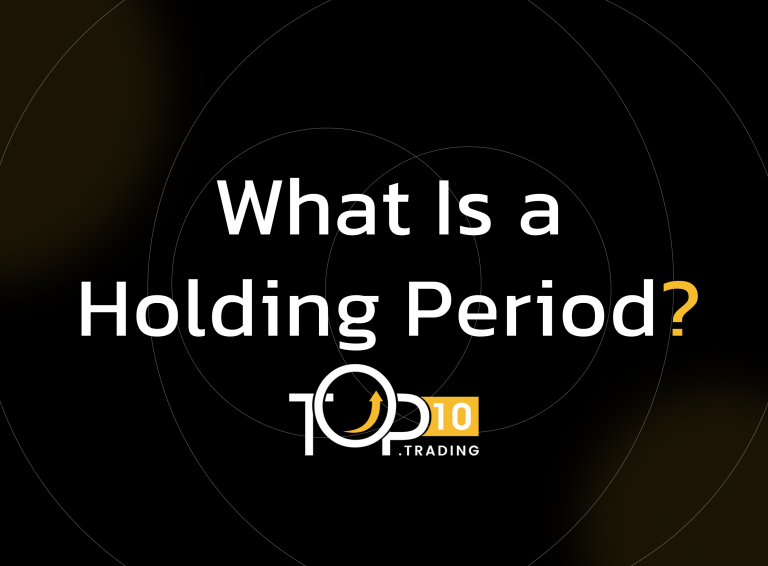Holding Period Definition

A holding period refers to the length of time an investor owns a particular asset or investment, spanning from the date of purchase to the date of sale or disposal. It is a critical concept in investing as it influences tax implications, risk management, and overall investment performance.
Key Takeaways
- A holding period is the duration between purchasing and selling an asset.
- It impacts tax treatment (short-term vs. long-term capital gains), risk management, transaction costs, and dividend income.
- Longer holding periods can mitigate market volatility and reduce costs but depend on individual investment goals.
- Understanding holding periods helps investors optimize strategies based on financial goals and market conditions.
How Holding Periods Work
- The holding period begins the day after acquiring the asset and continues until the day it is sold or otherwise disposed of.
- For long positions, it is the time between buying and selling an asset.
- For short positions, it is the time between borrowing and returning the security after repurchase.
Importance of Holding Periods
- 1. Investment Performance Evaluation: Tracking how an asset's value changes over time helps investors assess whether holding the asset was beneficial. Longer holding periods can provide insights into volatility, growth potential, and market trends.
- 2. Capital Gains Tax Implications: The length of a holding period determines whether gains are taxed as short-term (higher rates) or long-term (lower rates), encouraging longer-term investment strategies.
- 3. Risk Management: Longer holding periods may allow investments to recover from market volatility, while shorter periods expose assets to fluctuations.
- 4. Dividend Income: Investors holding dividend-paying stocks for extended periods benefit from recurring payouts.
- 5. Transaction Costs: Frequent trading incurs higher fees, whereas longer holding periods reduce transaction costs by minimizing trades.
- 6. Market Trends Analysis: Historical holding periods provide insights into investor behavior and market dynamics.
Example of a Holding Period
An investor buys 100 shares of a company on January 1, 2022, and sells them on July 1, 2023. The holding period spans 1 year and 6 months, influencing tax treatment and investment evaluation.
The optimal holding period varies depending on asset type, market conditions, risk tolerance, and investment objectives, making it a crucial factor in portfolio management.
